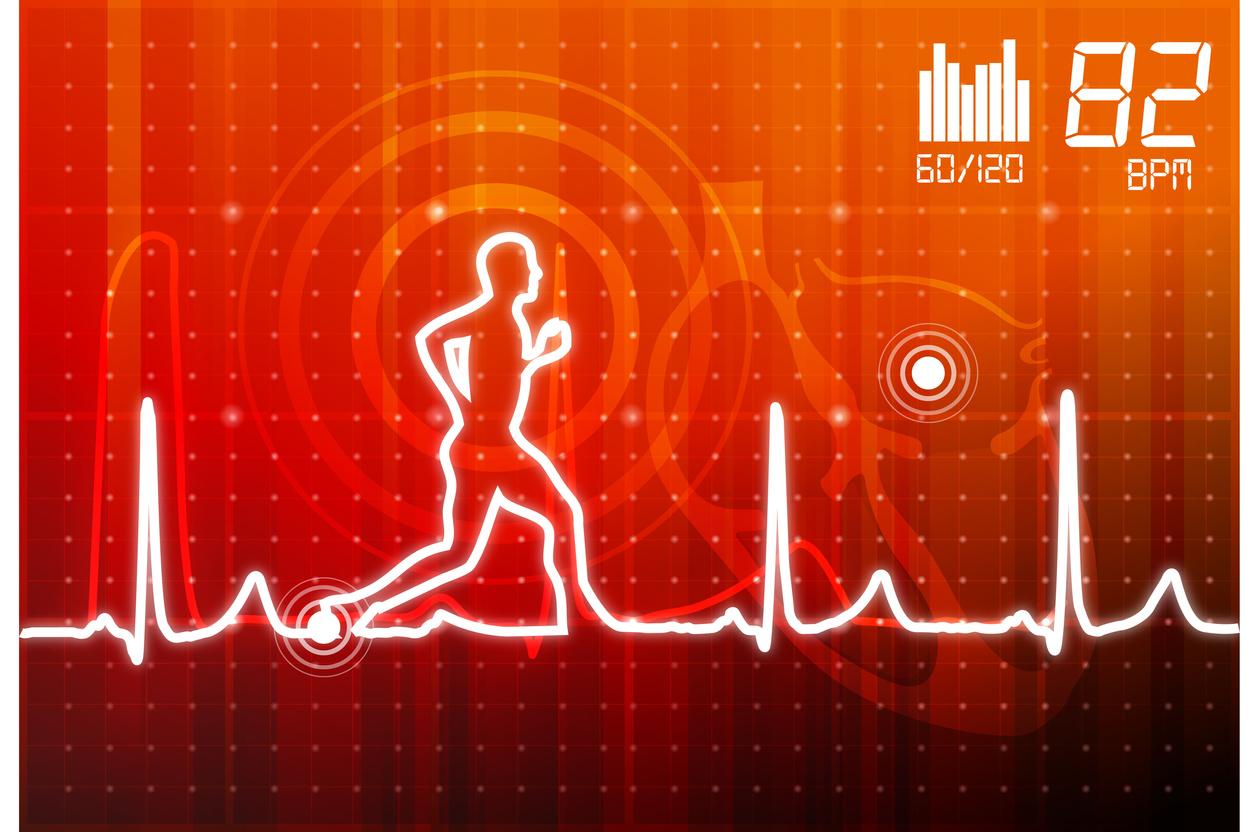An increased heart rate during physical exercise could interrupt blood flow to the brain.

- An exercise-induced increase in heart rate could cause plaque to migrate into moderately to severely obstructed carotid arteries.
- This can increase the risk of ischemic stroke.
- Thus, patients affected by stenosis should consult their doctor to assess the risks and determine if the physical activity practiced is appropriate.
Sports activity is beneficial for overall health, but it can also be risky for some people, especially those with clogged carotid arteries. Indeed, certain conditions can make the increased heart rate associated with physical exercise dangerous. According to researchers from the Indian Institute of Technology, Kharagpur, an exercise-induced high heart rate can cause stroke in patients with clogged arteries.
Stenosis: a computer model that simulates blood flow in arteries
As a reminder, the carotid arteries, located on either side of the neck, irrigate the tissues of the face and the brain. The latter are clogged when fat, cholesterol and other particles accumulate on the inner walls of the carotid artery and form a plaque that narrows them. This narrowing is called “stenosis”. It can be dangerous because it restricts blood flow to the brain. “Without the necessary blood, the brain lacks oxygen and the patient suffers a stroke,” the scientists said.
To better understand the risks associated with exercise in adults with stenosis, the team conducted a study. As part of the work, she used a specialized computer model to simulate blood flow in carotid arteries at three stages of stenosis: unobstructed, with 30% mild obstruction, and with 50% moderate obstruction. Next, the scientists compared the effect of an exercise-induced heart rate of 140 beats per minute and a resting heart rate of 67 and 100 bpm.

Strenuous exercise ‘can lead to stenosis rupture’ and ischemic stroke
According to the results, published in the journal Physics of Fluidsan increased heart rate caused by exercise could cause plaque to migrate into clogged carotid arteries. “Intense exercise has adverse effects on patients with moderate or greater stenoses. It greatly increases the shear stress in the area of stenosis, which can lead to rupture of the stenosis. This ruptured plaque can then flow to the brain, causing an ischemic stroke”, explained Somnath Roy, author of the study, in a statement.
Thus, the scientists concluded that it was important to take into account the potential risks associated with physical exercise in people with moderate or severe stenosis and to adapt physical activity accordingly.
















